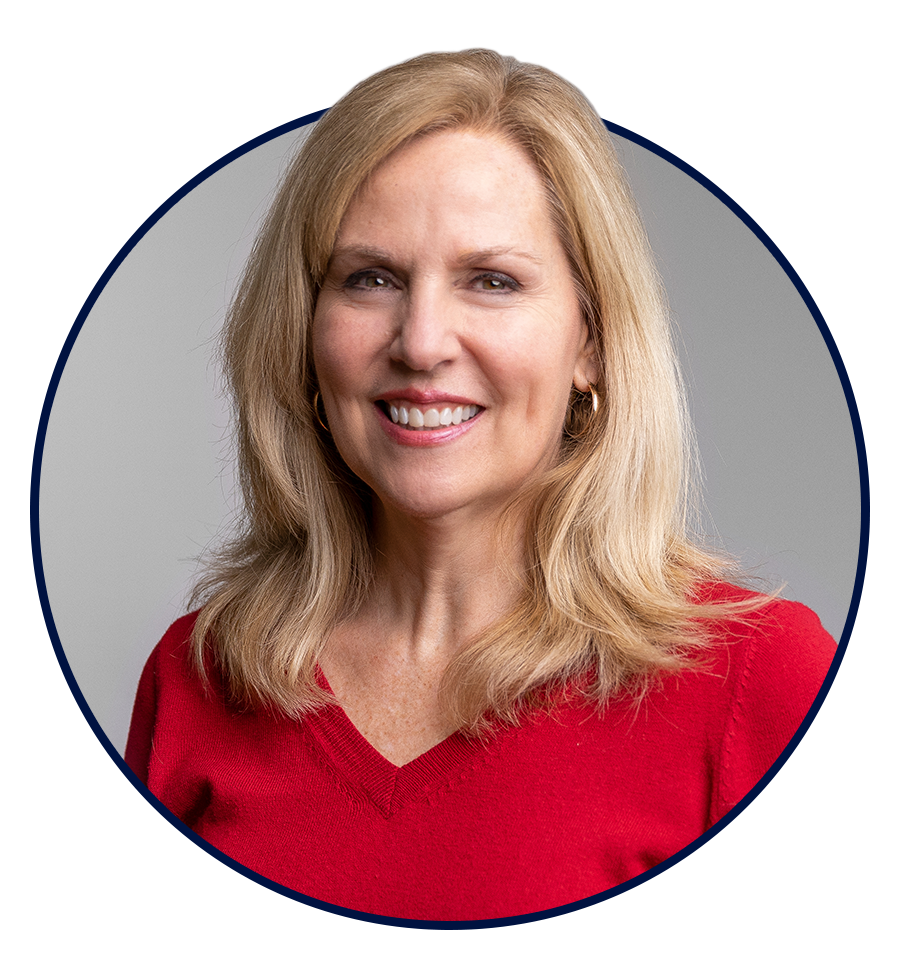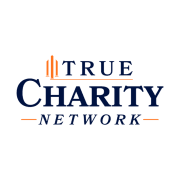5 Ways to Empower Older Workers & Volunteers in the Modern Workplace

SONYA STEARNS
Network Manager
Read more from Sonya
Listen to this article:
I became an “older” woman overnight. Let me explain: for fifteen years, I lived in a community with a median age of 65—Naples, Florida. I celebrated my 40th birthday just weeks after moving there.
Everywhere I went, I was younger than most. My husband and I would often be the youngest couple in a restaurant or at the mall. At the beach, our bodies weren’t nearly as aged as those around us. Our children lamented that all the really cool cars were driven by “old people.”
In the church where we served, we had several parental figures, and our children had plenty of “grandparents” to fill the voids of our parents’ early passings. Our experience in that city was priceless.
Then, God called us to Austin. Median age 35. I was no longer a younger woman. Not by a long shot. Everywhere I went, I not only felt like a parent—I felt like a grandparent!
Gen Z-ers and millennials were all around. Senior citizens were far outnumbered, and the “Silent Generation” was not only unheard, but unseen! Our new church had young families and millennial singles, as well as congregants from older generations.
With this move, I said goodbye to my lifelong teaching career and jumped into the Christian nonprofit world. While I had served alongside my husband in church ministry for years, the nonprofit space was new territory for me. I faced quite a few learning curves.
Thankfully, I had kept up with the ever-changing digital arena as a high school teacher. I taught with current techniques and platforms, and this saved me. If I had not, the transition to my new job—and probably any office job—would have been impossible.
That’s when I realized the depth and scope of the obstacles many older workers (OWs) and volunteers must overcome in our modern nonprofits and churches. Even though these organizations are not set up as typical office spaces, today’s digital communication and preferential workflows and systems often disbar OWs from being able to contribute their honed skills and innate giftings. They simply can’t engage, and some that strive to engage don’t thrive.
Many OWs and volunteers had already retired before the internet became commonplace. Email was not part of office culture for most of their lives, and neither were cell phones. Even though they might use their cells regularly now, their dexterity and eyesight are not what they used to be, so texting is cumbersome.
Many of my like-aged peers resent being labeled “incapable” because they have never been exposed to certain digital platforms, and they are flabbergasted at the lack of respect, deference, and discretion shown to older employees and clients.
As I write this article, I’m a woman in her mid 50s—a Gen X-er. My generation makes up 33% of the workforce, which has a median age of 42.3. But perhaps a more important statistic for nonprofits and churches is this: almost 17% of America’s population is over the age of 65. That’s a lot of folks with the available time to volunteer at our shelters, be a thoughtful case manager, man the church office, and mentor those coping with poverty and/or reintegration.
So what can we do to free OWs and volunteers to use their experience and giftings in the most productive ways possible? Here are five ideas.
1. Train Older Workers (OWs) upfront so they won’t need to ask for repeated help.
Many volunteers and OWs have very successful careers behind them. They were powerful CEOs, triumphant lawyers, popular school teachers and principals, beloved doctors and dentists, respected missionaries and ministers, stay-at-home moms who were community “movers and shakers,” etc. If they must ask for repeated help, you can bet that they will become exasperated.
Many older workers tend to have more “crystalized intelligence” and less “fluid intelligence” than their younger peers. In other words, they know more, but they learn new things at a slower rate. This is easy to overcome as long as you budget a little extra time to train them on new tasks. The small investment of additional training time will be more than compensated by the lifetime of prior knowledge they bring to the table.
Predict their potential stumbling blocks. If it’s a new digital platform for them, provide easy-to-understand tutorials, and designate congenial people to help them. If that is impossible, communicate—before they begin—where help can be found (online, a folder, a guidebook, etc.).
Don’t assume that they can just “Google it” or look up a YouTube video. Those new spheres were not a part of their lives (or anyone else’s) until relatively recently. Most don’t know how to use proper search terms and filters to get what they need.
2. Make it clear that you and your organization both respect their experience and understand generational differences.
Experience really is a great teacher. We all know that knowledge is valuable, but the wisdom to apply knowledge—usually gained through experience—is even more valuable.
Listen for informed advice in approaches, direction, what will work long-term, and what won’t. Seek their help for more than “the small things.” Remember where they have been, and work that into your conversations about organizational vision and processes.
Older workers tend to expect faster responses to digital messages, so respond to them as soon as possible. Some OWs remember getting a telephone in their home for the first time (1950s), and they all remember the beginnings of the internet (90s). In their day, they would wait 6-8 weeks for packages to arrive by mail. They don’t understand why younger people don’t avail themselves of the modern capabilities of immediate responses.
Even if they don’t appear to be “getting it,” don’t assume age is necessarily the cause. Last year I had a conversation with one of my sons-in-law, who is only 26 years old. He had just started a new job, and although he enjoyed it, he was quite stressed. He told me, “I’m using a platform that I’ve never used before, so it’s like I’m having to communicate in a foreign language.”
Picture a 65-year-old employee or volunteer. They might be asked to learn a dozen or more “new languages” in a single day. How hard would that be for you?
3. Communicate in ways that ensure productivity.
Each generation has their communication preferences. Many Baby Boomers and most of the Silent Generation never learned to type on a qwerty keyboard, and as mentioned earlier, texting is an obstacle because of dexterity and vision loss. These facts should inform all systems if these populations serve in your organization.
OWs value person-to-person communication; they can languish under the obstacles of texts, emails, and instant messages. They prefer good old-fashioned phone calls, despite the fact that many Gen Z-ers fear them. OWs appreciate voicemail, and they will be disappointed if you don’t answer when they call back.
If remote positions are at play, make sure they know how to execute everything Zoom, Microsoft Teams, or Google Meet requires. Helping them access basic tutorials will make a huge difference.
Remember that language is dynamic, changing over time. Slang words do not mean the same for OWs as they do for Gen Z-ers. Both sarcasm and catchphrases can be tricky. GIFs are just plain weird to many Baby Boomers—and the ones they send back (if they know how) are not always understood by their younger co-workers. Also, emails and texts cannot connote proper tone in most cases. “Grace, grace, God’s grace” is needed.
Once an atmosphere of respect and appreciation has been established, much of the miscommunication that happens between OWs and younger ones can be fabulous bonding opportunities, humorous memories, and teachable moments.
4. Help them discover digital “secrets.”
I’m amazed at the seemingly insignificant digital “secrets” people don’t know about. While teaching at a Foundations Workshop recently, a young lady (probably in her 20s) was struggling to enter the code for the wifi in the teaching hall because it was all capital letters. I had to show her the “secret” of double tapping the caps key on her phone to initiate caps lock. She was amazed.
Now consider how many of those “secrets” are hidden from your OWs and volunteers—not to mention your older clients and neighbors. Here are just a few:
Clicking the logo on an organization’s web page to go to its homepage.
Using the microphone in lieu of the keypad for texts.
How to screenshot, download, or save an image, then how to find it on their computer.
Showing them that those “blue underlined words” are links to other resources. (This takes younger people by surprise, but it’s true.)
Opening a link in a new tab.
Navigating YouTube: to slow the speed of a video; using the spacebar to pause; using the scroll bar and chapter markings to access specific sections.
5. Foster an environment for enthusiasm.
Nothing kills enthusiasm in a volunteer quicker than their time being wasted. If they leave your ministry feeling like they accomplished nothing, you can bet they will think twice before returning. They feel devalued. A similar response happens in older paid employees: dread takes the place of eagerness as they face each work day, affecting productivity and overall morale.
Ensure that someone is personally investing in each OW or volunteer. Just as teachers in a classroom must ensure that every student has a safe learning environment, nonprofit and church leaders should ensure that every volunteer and OW have a thriving work environment.
Spend quality time with your OWs and volunteers. Ask about their pasts and their dreams. Tell them about yourself and find common ground. You might be surprised at how motivated they are to serve your organization, and how inspired you are by their lives.
Older workers and volunteers are often the heart and soul of our organizations. Let’s ensure they are thriving so that the people they serve will benefit from their experience, gifts, and dedication.

For more information on effective charity and how your organization can implement programs that deliver long-term results to those being served, visit truecharity.us/join.
Already a member? Access your resources in the member portal.



